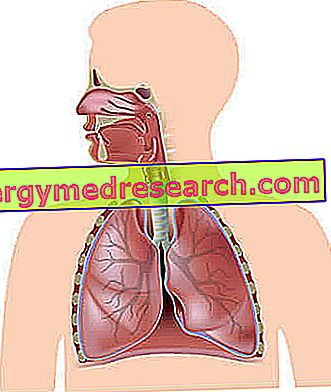The breathing muscles can be classified into two main categories: on the one hand the inspiratory muscles that with their action elevate the ribs and the sternum increasing the volume of the rib cage and on the other the expiratory muscles that lower the ribs and the sternum decreasing the volume of the rib cage.
An additional subdivision can also be applied separating the main inspiratory and expiratory muscles from the auxiliary ones. The main inspiratory muscles are those that contract during the normal inspiratory cycle; the auxiliary inspiratory muscles intervene only in particular cases when exceptionally large and powerful movements must be performed (forced inspiration). A similar argument can be made for the main and auxiliary expiratory muscles.
The following table shows the muscles involved in normal and forced breathing. It is possible to view the anatomical characteristics of each muscle by clicking on the links highlighted in blue.
INSPIRATION | EXPIRATION | |
NORMAL | Contraction of:
| Relaxation of:
|
FORCED | Contraction of:
| Contraction of:
|
SPIROMETRY
Respiratory rehabilitation
| Upper limb | Lower limb | Trunk | Abdomen | Articles |



